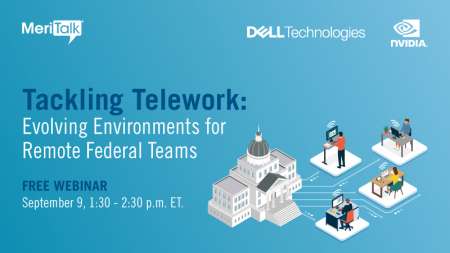As the 2020-21 school year kicks off primarily online, a new survey shows that while most teachers are confident in their ability to successfully teach students this fall, the majority of parents are less than confident in schools’ ability to provide high-quality education.
The poll – conducted by NewSchools Venture Fund in conjunction with Gallup – shows 56 percent of teachers “confident” or “very confident” in their ability to successfully teach students compared to prior school years. Despite the teacher confidence, only 29 percent of parents surveyed said they were “confident” or “very confident” in the ability of their child’s school to provide high-quality education.
“It’s a big deal that parents, teachers and students see the year ahead so differently,” said NewSchools CEO Stacey Childress, in a press release.

In grades six through 12, less than half of students surveyed (48 percent) felt “confident” or “very confident” in their ability to learn this fall. Students in the same demographic also soured on digital learning tools, according to the Summer 2020 survey compared to a Winter 2019 Gallup survey.
Prior to the pandemic, most of the students surveyed in grades six through 12 said digital learning tools are fun, make school more interesting, help accelerate learning, and assist with remembering information taught in class. Now, less than half of the students in that same demographic responded positively to those questions on the fun and efficacy of digital learning tools.
Sonja Santelises, chief executive officer of Baltimore City Public Schools, called the survey “verifying and reinforcing” of data collected by the district she oversees.
“The work really resonated with me and is giving me points of reflection as well,” said Santelises, speaking during an August webinar hosted by those who conducted the survey. One of those reflection points, she said is “the disconnect between the training on the [digital] tools and how to use the tools and the actual tools themselves.”
The burden of training cannot fall solely on technology vendors, she said. “Teachers learn best from other teachers,” said Santelises – a statement she said has held true with trainings on digital technology.
Faced with predictions of students losing a year or more of learning due to the pandemic when they return to in-person learning in 2021, Santelises said her district is not accepting those forecasts.
“The way that we have been approaching it in Baltimore City is: ‘How do we change the ending of that story?’” she said.
Baltimore City Council President Brandon Scott said during an April meeting that less than 40 percent of the residents of a West Baltimore neighborhood had digital access. The city has since agreed to make $3 million in emergency funding available for students’ computer and internet access needs.
“It is about devices and it is about connectivity,” Santelises said. “Frankly, this country has got to have a real fundamental discussion about the fact that broadband and WiFi access should now be viewed as a utility.”
Internet and device access are not the only requirements necessary to accelerate students’ academic growth, Santelises said. One way to accelerate the learning process for students is through virtual one-on-one tutoring, she said. The first day of school for students in Baltimore City Public Schools is September 8.